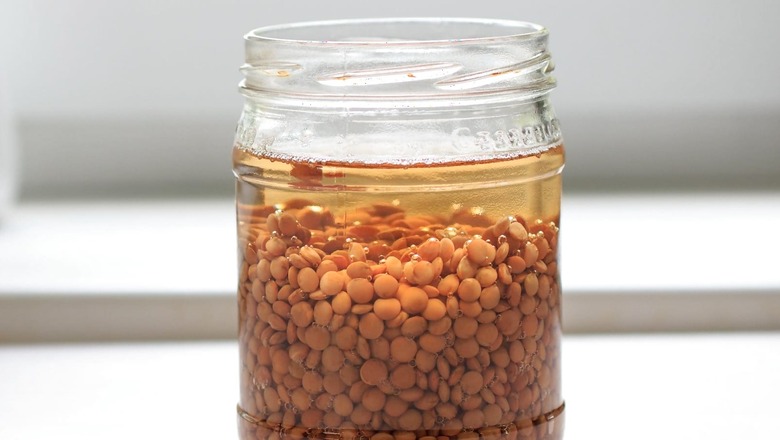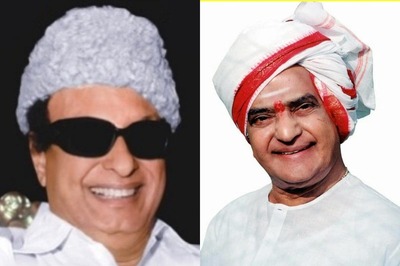
views
Most people wash their lentils before cooking them, but just a small percentage soak them. To be cooked rapidly, legumes such as rajma and chole must be soaked overnight. Most people forgo soaking other dals since they are cooked quickly. But did you know that soaking offers a lot of advantages and is required before cooking?
In her most recent Instagram post, Ayurveda expert Dr Dixa Bhavsar discussed the benefits of soaking dals before cooking. When it comes to lentils, she claims she never skips soaking them. She goes on to explain that it is necessary to soak legumes as it adds ‘Prana’ to them. She went on to say that if you, like her, enjoy beans and cannot live without them, you must soak them every day before cooking.
Certain lentils, according to Dr Dixa, contain phytic acid, a chemical that prevents the body ’s ability to absorb minerals and nutrients. Most people are unaware of the significance of soaking lentils and grains before eating or cooking them in order to break down phytic acid and other anti-nutrients and make them easier to digest. As for her favourite moong dal, she points out that it is the easiest to cook and digest among all lentils.
Soaking lentils increases the body’s mineral absorption rate. When you soak the dal for a while, an enzyme called phytase is triggered. Phytase aids in the breakdown of phytic acid as well as the binding of calcium, iron, and zinc. This greatly simplifies the absorption process.
https://www.instagram.com/p/CUb99BDDNXe/
Soaking also stimulates amylase, a molecule that breaks down complicated starch in lentils, making them simpler to digest.
According to Dr Dixa, the soaking process also eliminates gas-producing chemicals from the lentils. Most legumes include complex oligosaccharides, a kind of complex sugar that causes bloating and gas. This complicated sugar level is substantially decreased after soaking, saving you from gaseous problems. She also said that soaking lentils decreases the cooking time of legumes.
Dr Bhavsar also discusses the optimal soaking period for various legumes.
Whole dals such as moong, tuvar, massor, and urad dal take 8 to 12 hours to soak.
Split dals take 6 to 8 hours to soak.
Heavy legumes, such as Rajma, chana, or chole, should be cooked after soaking for 12 to 18 hours.
Simply soaking overnight is the best choice.
She also mentioned that the ideal time to eat beans is around noon.
Dr Bhavsar also addressed a query that you may have. What do we do with the water left behind after we’ve used the lentils?
“We don’t want to utilise it since it includes tannins or phytic acid. So the best way to use it is to water your plants with it. That manner, your houseplants will get some nutrients as well.”
Read all the Latest News , Breaking News and IPL 2022 Live Updates here.




















Comments
0 comment